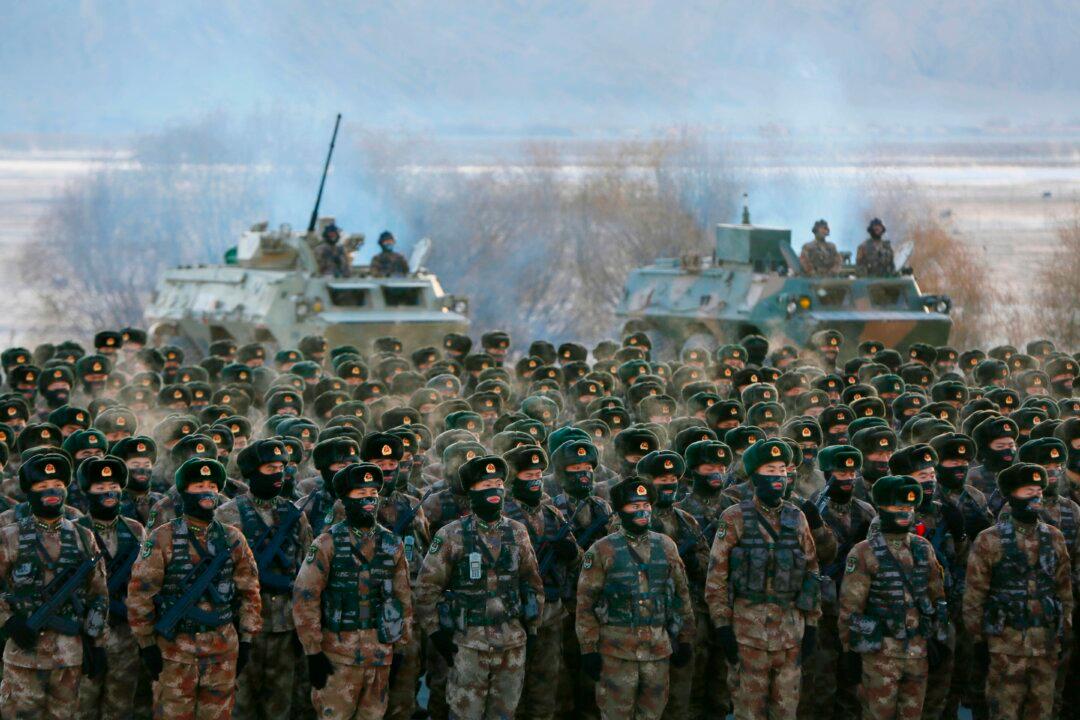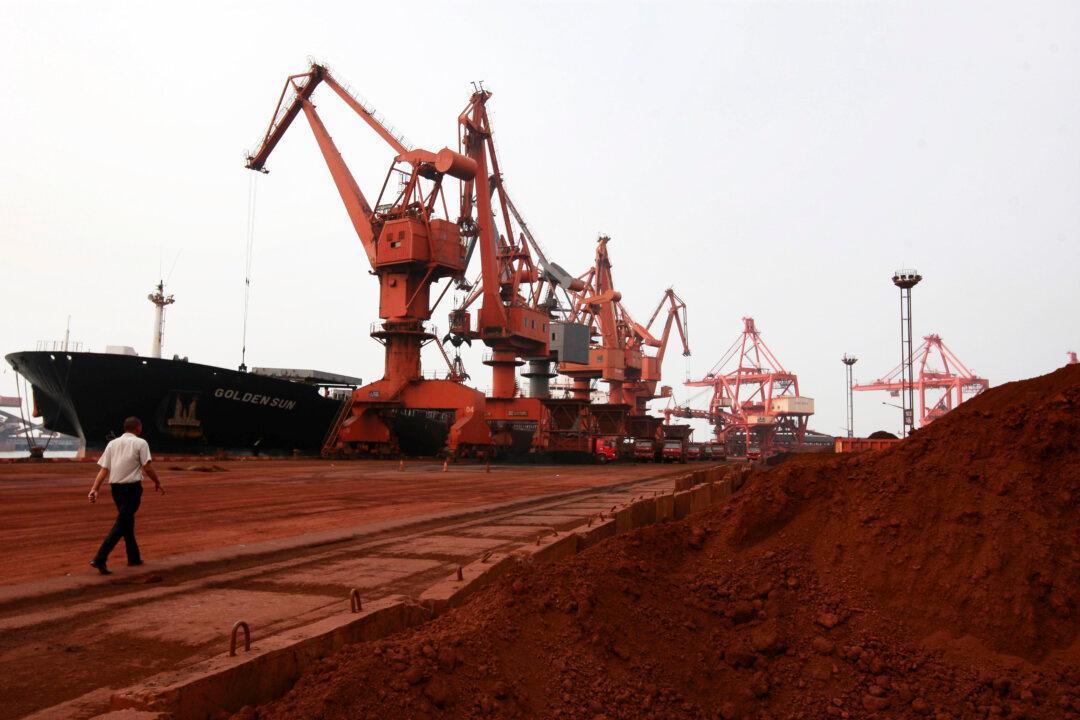Commentary
The media recently reported that China’s People’s Liberation Army is building the world’s biggest military base underground in possible preparation for conflict with the United States.
Large enough to fit 10 Pentagons, the new super large facility should not be a surprise—it is a logical and iterative next step of a long program of underground facilities by China. The command center is on the western outskirts of the capital city of Beijing.
In about 2011, stories began to appear around China’s “Underground Great Wall.”
“In March 2008, China’s state-run CCTV network broke the news about a 5,000-kilometre-long network of hardened tunnels built to house the Chinese Second Artillery Corps’s (sic) increasingly modern force of nuclear-tipped ballistic missiles,” The Diplomat reported on Aug. 20, 2011.
Hui Zhang of Harvard’s Belfer Center downplayed China’s Underground Great Wall and explained it was only “defensive in nature.”
Prior to the Underground Great Wall, the People’s Liberation Army Navy built a large underground submarine base on Hainan Island that is still being expanded and improved.
The new command center in Beijing is described by online media BulgarianMilitary.com as a “command-and-control center for the PLA in wartime.“ The report notes that ”the site’s sheer scale, combined with its underground elements, points to a design built for survival,“ and ”experts believe that the complex will feature a series of underground nodes, perhaps even a hidden subway system, all interconnected by subterranean passageways.”
When completed, this facility—now dubbed the “Beijing Military City” by Western military analysts—will be the largest underground command center in the world, possibly in history.
Western Equivalents Are Limited in Comparison
Zhang of the Belfer Center described the Beijing Military City as defensive in nature. That is one viewpoint but should also be measured and compared in terms of equivalency in the West. The challenge is that there is little equivalency in the West in modern times.There are underground facilities dating back to the Cold War days in the West, but most have been decommissioned. Canada’s “Diefenbunker” in Ottawa is a museum and tourist attraction. In the UK, there was the Central Government War Headquarters (CGWHQ), close to Bristol, about 100 miles due west of London, which could accept about 4,000 to 5,000 essential personnel for the Continuity of Government (COG).
In the United States, there was The Greenbrier Hotel in West Virginia, where, at one time, Congress would relocate to in case of conflict; it is now a museum with a gift shop. The Pentagon contains the existing National Military Command Center, which is in the above-ground basement, but also has a backup at Raven Rock and air and ground mobile alternate command posts. The White House has an alternate facility for COG, if necessary.
Strategic Command at Offutt Air Force Base in Omaha, Nebraska, has an underground facility that is being rebuilt due to a flood in 2019 that damaged part of the facility. The vaunted and historic Cheyenne Mountain Complex in Colorado Springs, Colorado, was essentially closed around 2005 but was reopened beginning in 2015 as a backup for the above-ground facilities below at Peterson Air Force Base.
Most of the Cold War facilities in the West closed because there was a perception there was no compelling reason to keep them open, along with the enormous maintenance costs to keep them operational. The reality is that all of these Western facilities, whether they are active or museum pieces, would fill up only a small portion of the operational side of the underground Beijing Military City currently under construction.
China’s New Underground Headquarters
The message being sent from the construction is a theme of preparation for conflict. Bulgarian military expert Boyko Nikolov said, “This isn’t just about protecting assets; it’s about creating a self-sustaining, impenetrable hub that could coordinate China’s war efforts from the shadows.”Dennis Wilder, former head of the China analysis section at CIA and senior adviser for Asia at the White House, said, “If the report is correct, it is a sign of China’s intention to build not only world-class conventional power but also advanced nuclear war fighting capabilities.”
The iterative buildup from the Hainan underground submarine base to the underground “Great Wall” for China’s ground-based nuclear force to the now-revealed Beijing Military City is likely the largest aggregation of underground military facilities in history. The indicators are that it is part of a pathway to conflict. Noted China expert Gordon Chang has framed it as “China is preparing for war, America is not.” The assessment cannot be clearer or starker.
China is building and expanding underground facilities as protected wartime command and control centers to ensure COG. The West has nominal equivalent facilities; most have been converted into museums that would need significant modernization and time if they were to be brought back into service.
Views expressed in this article are opinions of the author and do not necessarily reflect the views of The Epoch Times.







